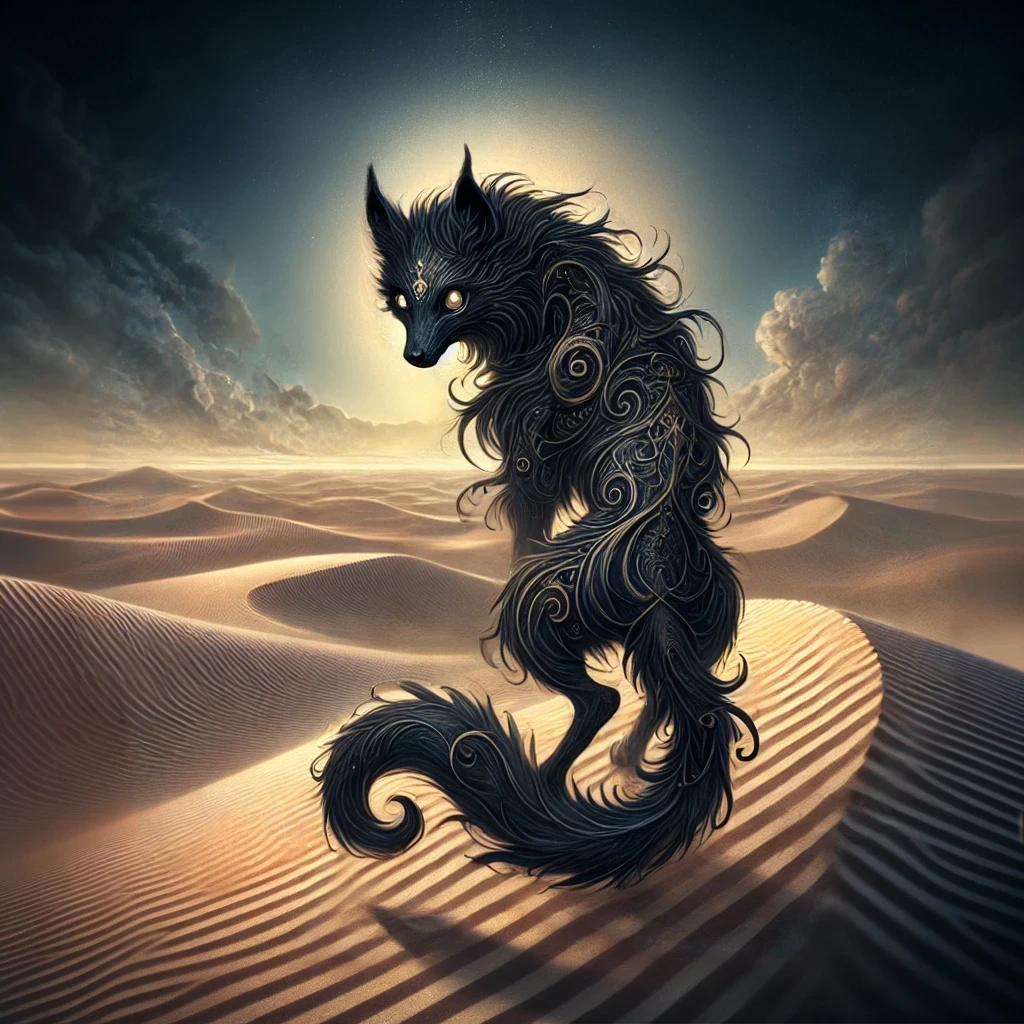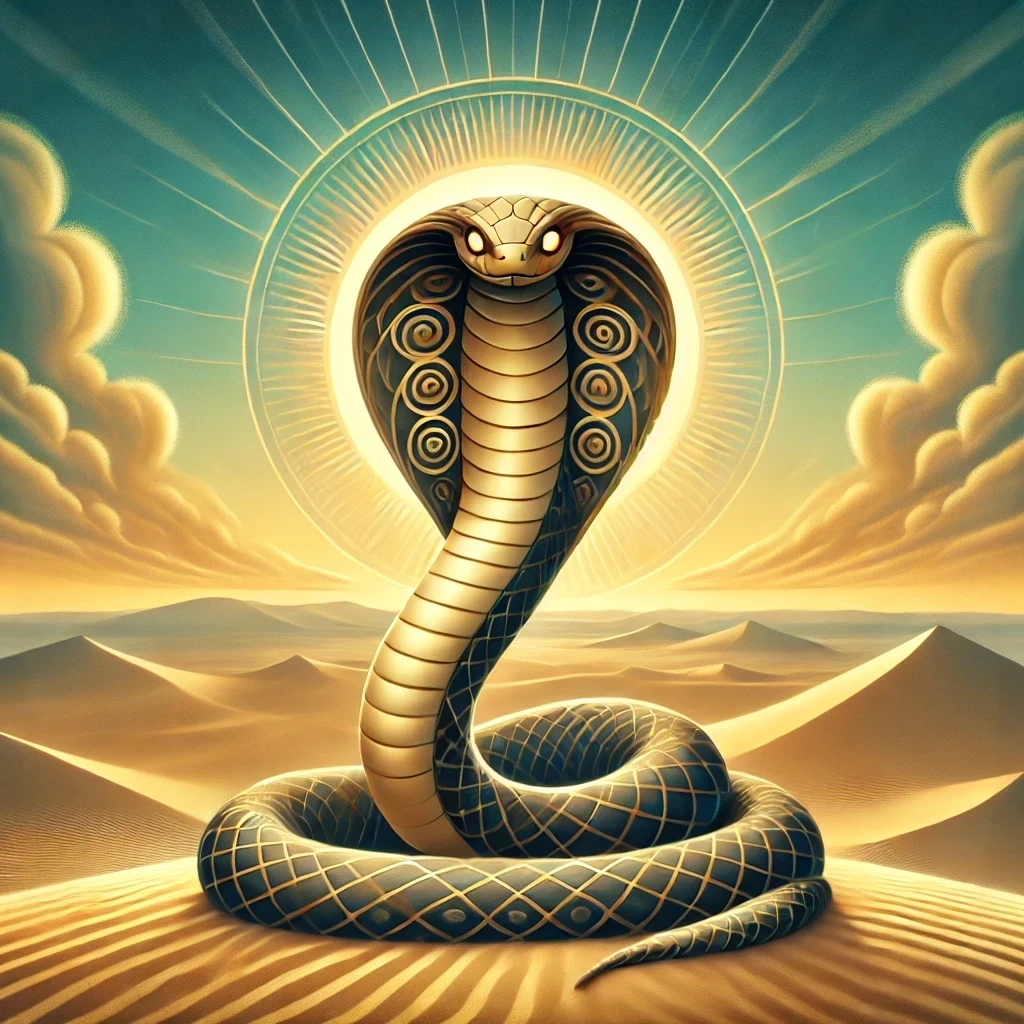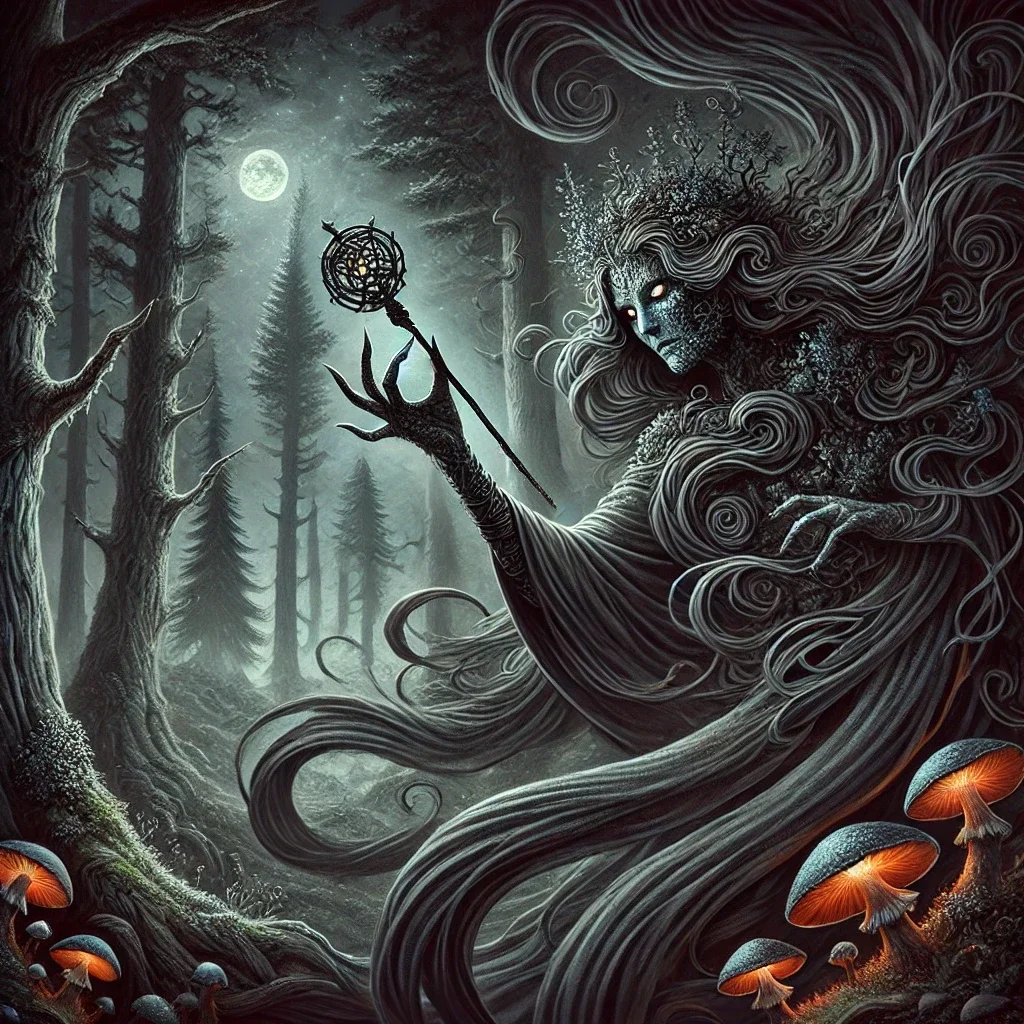Aani, also known as Aana, is a figure of both awe and mystery. Revered and feared across generations, Aani’s presence in Egyptian lore offers a unique glimpse into the cultural, spiritual, and symbolic aspects of one of the most fascinating civilizations in human history.
Historical & Cultural Background
Aani’s origins trace back to the heart of Ancient Egypt, where mythology was deeply intertwined with daily life. The stories of Aani likely began during the early dynastic periods, evolving alongside the burgeoning spiritual beliefs of the Egyptians. Aani was often depicted in carvings and papyri as a hybrid being, blending human and animal characteristics to embody the duality of life and death—a central theme in Egyptian spirituality.
Shifts in Aani’s Role Over Time
Initially, Aani was seen as a guardian figure, believed to protect sacred spaces like tombs and temples. As Egypt underwent cultural and political shifts, interpretations of Aani expanded. During the Middle Kingdom, for example, Aani’s image softened to reflect a more nurturing aspect, serving as a guide for souls journeying to the afterlife.
Myths & Legends
Aani appears in numerous myths, each highlighting different facets of its character and purpose.
The Protector of the Nile
One popular tale describes Aani as the guardian of the Nile’s headwaters, where it fiercely defended the river’s sacred purity. The myth warns of those who dared to pollute the waters, as they would face Aani’s wrath in the form of devastating storms or plagues.
The Guide of Souls
Another significant story involves Aani guiding souls through the treacherous Duat, the Egyptian underworld. Acting as both protector and judge, Aani ensured that only the righteous reached the Field of Reeds, a paradise in the afterlife.
Symbolism & Meaning
Aani’s symbolism is deeply layered, reflecting the complex worldview of Ancient Egypt. Its dual nature—a blend of predator and protector—represents the balance between chaos and order, a cornerstone of Ma’at, the Egyptian concept of cosmic harmony.
Regional Variations
In Upper Egypt, Aani was often seen as a benevolent guardian, symbolizing protection and fertility. Conversely, in Lower Egypt, it took on a more ominous role, embodying the dangers of moral corruption and disrespect for sacred laws.
Visual Representations
Aani’s appearance also influenced its symbolism. Often portrayed with eagle-like wings and the body of a lion, it symbolized strength, vigilance, and divine authority. The intricate patterns on its wings were believed to hold magical properties, further emphasizing its connection to the spiritual realm.
Associated Environments or Ecosystems
Aani was intrinsically tied to the Nile River and the surrounding deserts. The creature was said to inhabit hidden grottos near the river’s source, emerging only when its domain was threatened.
The Nile as a Sacred Habitat
The Nile’s life-giving waters were central to Egyptian civilization, and Aani’s association with the river underscored its role as a protector of abundance and prosperity. Farmers would leave offerings on the riverbanks to appease Aani and ensure bountiful harvests.
The Desert Edge
Legends also place Aani at the borders of the desert, where it acted as a sentinel against the encroaching chaos of the arid wilderness. Its presence was believed to maintain the delicate balance between fertile lands and the harsh desert.
Powers & Abilities
Aani possessed extraordinary abilities that elevated it beyond the mortal realm.
Shape-Shifting
Aani was known to alter its form, blending seamlessly into its environment. This ability made it an elusive and unpredictable force, capable of striking fear into those who sought to defy it.
Magical Influence
Legends attribute Aani with control over natural elements, particularly water and wind. It could summon storms to cleanse impurities or create calm conditions to aid travelers.
Defensive and Offensive Strength
In combat, Aani was described as nearly invincible. Its sharp claws and powerful wings made it a formidable opponent, while its keen intelligence allowed it to outwit even the most cunning adversaries.
Interactions with Humans & Cultural Impact
Aani’s influence extended deeply into Egyptian culture, from religious rituals to artistic depictions.
Religious Significance
Priests often invoked Aani during purification ceremonies, believing its essence could cleanse individuals and sacred spaces. In funerary rites, Aani’s name was spoken to guide the deceased through the underworld.
Folktales and Daily Life
Stories of Aani were passed down through generations, serving as moral lessons about respecting nature and adhering to Ma’at. Its image adorned amulets, which were carried by travelers for protection.
Modern References
In contemporary culture, Aani has appeared in various forms, from literature to video games, often reimagined as a guardian or mystical creature representing ancient wisdom.
Connections to Other Creatures
Aani shares similarities and rivalries with other mythical beings in Egyptian mythology.
Allies: The Bennu Bird
The Bennu bird, a symbol of rebirth, is often linked to Aani. Together, they represent life’s cyclical nature, with Aani ensuring the purity of the Nile and the Bennu embodying renewal.
Rivals: The Apophis Serpent
Aani’s greatest adversary is the serpent Apophis, the embodiment of chaos. Their battles, depicted in numerous myths, symbolize the eternal struggle between order and disorder.
Interesting Facts & Curiosities
- Aani’s wings were believed to create gusts strong enough to part the waters of the Nile.
- It was often depicted alongside lotus flowers, a symbol of creation and purity.
- Some texts suggest Aani had the ability to speak, acting as a messenger between gods and humans.
- Offerings to Aani included honey, a symbol of sweetness and harmony.
- Aani’s name is thought to derive from an ancient word meaning “protector.”
- Its likeness appears on several unearthed stelae from the Middle Kingdom.
- Pilgrims traveling the Nile would carry talismans featuring Aani to ensure safe passage.
- Aani’s feathers were believed to have healing properties when burned.
- Its image inspired architectural designs in temple gates, symbolizing guardianship.



